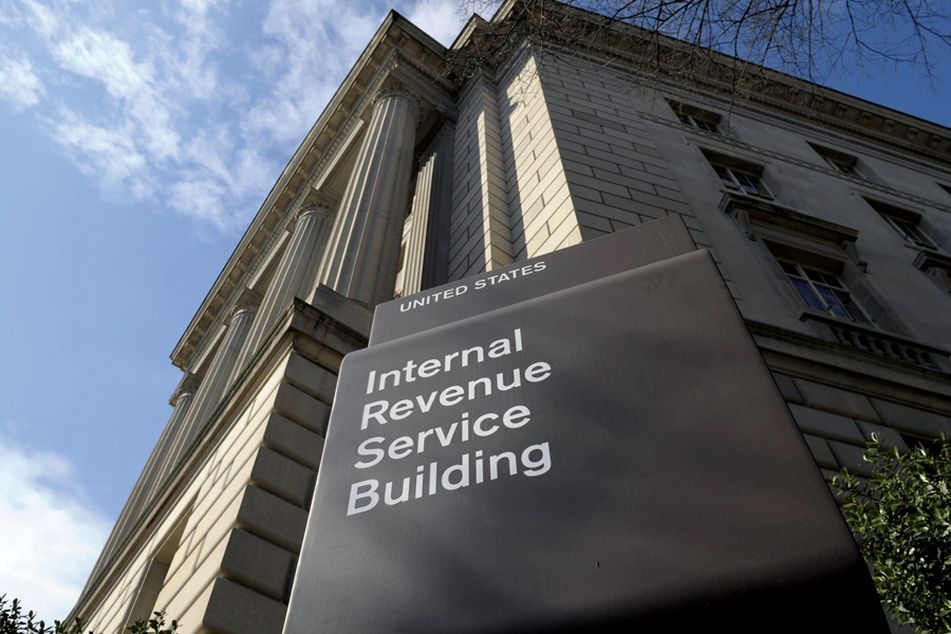IRS boosts 401(k) contribution limit by record amount amid inflation

The limit on contributions to retirement savings account will rise by $2,000 to a maximum of $22,500 next year, reflecting the change in the consumer price index.
The Internal Revenue Service is boosting how much Americans can plow into their 401(k) plans next year by a record amount amid a surge in inflation.
The contribution limits for the popular tax-deferred retirement savings accounts will rise by $2,000 to a maximum of $22,500 in 2023, reflecting the change in the headline consumer price index, the IRS said Friday. It’s the biggest dollar increase since the cutoff began being indexed to inflation in 2007, when the maximum amount allowed was $15,500.
The changes mean that retirement savers who are 50 or older can now save a combined $30,000 a year in their 401(k)s, between the new limit and the increase to $7,500 for catch-up contributions.
Those who sock away the maximum are in the minority — only about 14% of 401(k) savers reached the limit in 2021, said Craig Copeland, director of wealth benefits research for the Employee Benefits Research Institute.
“It’s really the people making $100,000 and especially those making $150,000 or more who save the maximum,” he said.
A Vanguard report found the percentage of salary contributed to defined-contribution plans such as 401(k)s in 2021 rose for 42% of plan participants, whether savers elected to increase the amount themselves, or had it boosted automatically by their plan.
Still, it’s not clear whether that trend will hold in 2022, as higher prices for goods and services have jolted Americans’ finances, Copeland said.
Meanwhile, the cap on the amount contributed to individual retirement accounts, known as IRAs, will be $6,500 next year, up from $6,000 in 2022.
Contributions to so-called qualified plans, such as 401(k)s, are tied to the headline CPI index known as the CPI-U. That measure of inflation showed prices increased 8.2% in September relative to a year earlier, close to the highest in four decades.
The recent 9% cost-of-living adjustment for Social Security benefits in 2023, the highest percentage increase since 1981, is tied to a slightly different CPI measure, called the CPI-W, which is also soaring.
[More: Inflation adjustment boosts IRS standard deduction, lifting take-home pay]
‘IN the Office’ with alternatives and BDC specialist Michael Reisner
Learn more about reprints and licensing for this article.








